
There is no denying the fact that renewable energy is the future. According to the International Energy Agency, renewable energy in 2024 will make up 30 percent of the world’s energy. That being said, wind turbines have a considerable role to play in it. Those days are gone when wind turbines used to be monitored by on-site technicians. However, wind power producers have to tackle many performance problems to generate wind power more scalable and cost-effective. That is why many wind power producers have started to rely on predictive maintenance.
Experts believe that the $125 billion wind turbine market is expected to reach $272 billion by 2028. According to Navigant Research, revenue from wind energy worldwide increased to $37.8 billion in 2017 from $22.3 billion in 2016. The total installed wind power capacity was 4.2 gigawatts in 2017. Navigant Research also notes that the energy generation capacity is forecast to rise by 66 percent to 5.9 gigawatts by 2022. In addition, wind turbines have an extensive lifespan. Navigant Research indicates that wind turbines can last anywhere between 20 and 40 years, depending on the type. However, their performance and lifespan can decrease without a predictive maintenance program in place.
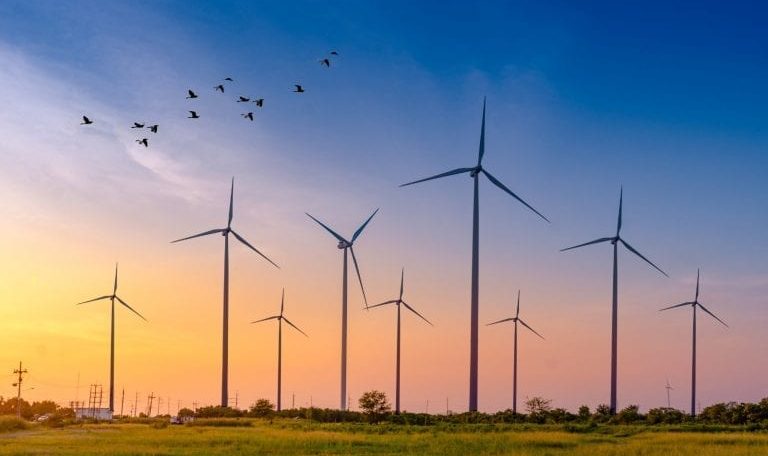
The performance and lifespan of the windturbine can decrease without a predictive maintenance program in place.
Contents
What is Predictive Maintenance?
Predictive maintenance involves developing and implementing methods to identify any recurring system failures and reduce failure costs through early warning signs. By combining machine-learning algorithms and analysis of historical data, predictive maintenance also enables a wind farm to reduce failure costs and deliver priceless value to the customer by allowing the wind plant to operate more reliably and efficiently. Wind turbines may have frequent maintenance requirements, and accordingly, predictive maintenance enters the game here.
Predictive Maintenance For Wind Turbines
A proactive approach to maintenance is not always possible for wind turbine generators due to their highly automated design and maintenance facilities. However, wind operators can rely on predictive maintenance to avoid substantial downtime and reduce operational costs. Predictive maintenance is the recommended course of action for wind turbines, as it involves collecting real-time performance data of the system that provides information on the health of the unit. AI-based predictive analytics solutions can help analyze real-time operational data at scale, identify any underperformance, and recognize failures using machine learning.
Benefits of Predictive Maintenance For Wind Turbines
Predictive maintenance is widely believed to be a critical component of wind turbine uptime and success. As the cost of component failure in wind turbines has dropped over the years, system availability must be monitored and managed at all times.
Additionally, wind farms now generate more power than they can handle, requiring additional generators. For wind operators looking to avoid capacity constraints, predictive maintenance solutions are required to detect and warn of planned maintenance needs. Finally, as a result of the exponential growth of wind power generation over the past decade, the cost of wind turbines has also dropped.
Artesis e-PCM
e-PCM monitors the condition of generators and their prime movers, effectively using the generator itself as a sophisticated transducer. It uses advanced NASA-developed technology to provide automated set-up and fault diagnosis with minimal user intervention. It is simpler to use and more cost-effective than conventional systems. e-PCM applies to an extensive range of equipment, including turbo-alternators, diesel generators, and wind turbines, and is particularly valuable for equipment in inaccessible or hazardous environments.
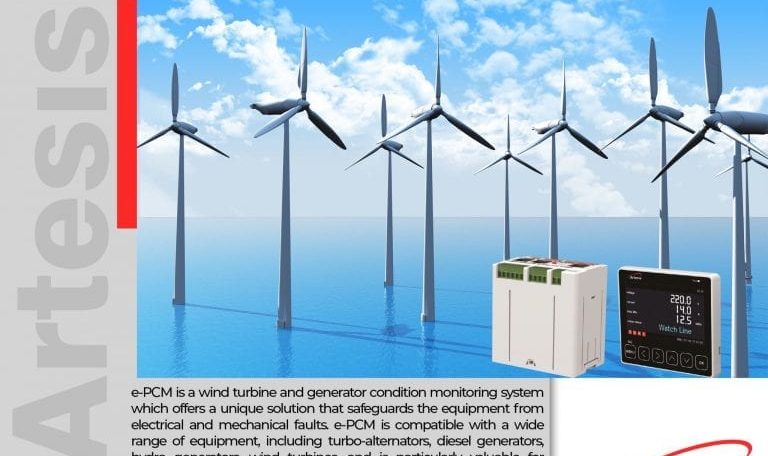
e-PCM is a wind turbine and generator condition monitoring system which offers a unique solution that safeguards the equipment from electrical and mechanical faults.
Conclusion
Areas of significant focus regarding planned improvement on turbine maintenance include electronic component performance monitoring, real-time performance monitoring, reliability prediction, production forecasting, and outage monitoring. Predictive maintenance for wind turbines is believed to be one of the best solutions to counter many problems. Most importantly, wind turbines can no longer ignore the importance of AI-based predictive maintenance solutions. It is clear that consistent investment in software, embedded systems and reliable performance monitoring will be key to avoiding significant maintenance expenses over the next decade.
If you have any queries related to predictive maintenance for wind turbines, please feel free to contact us.




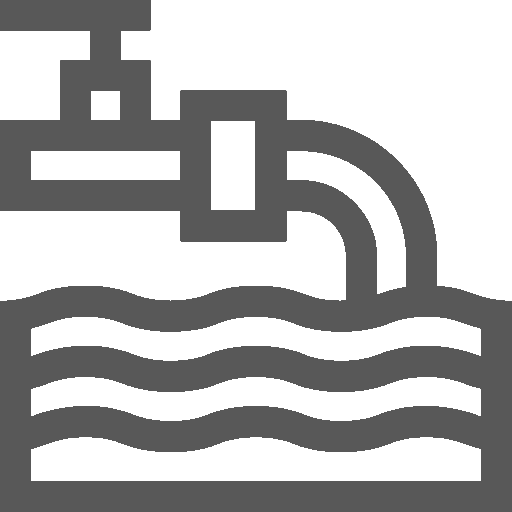
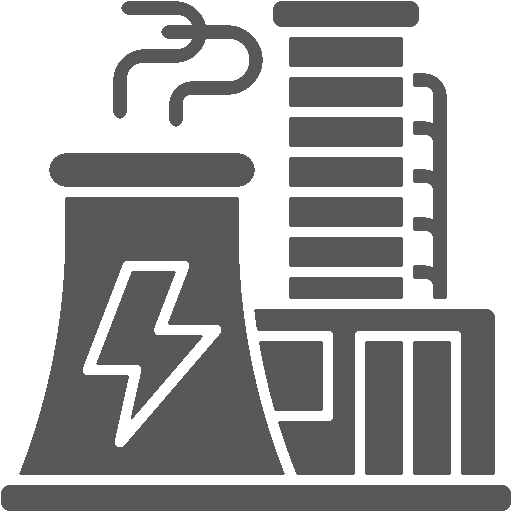
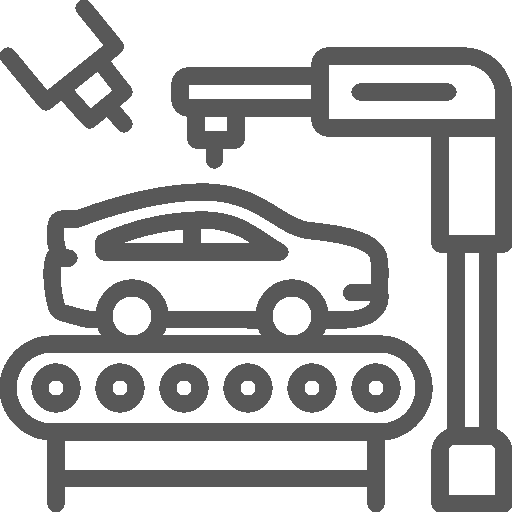

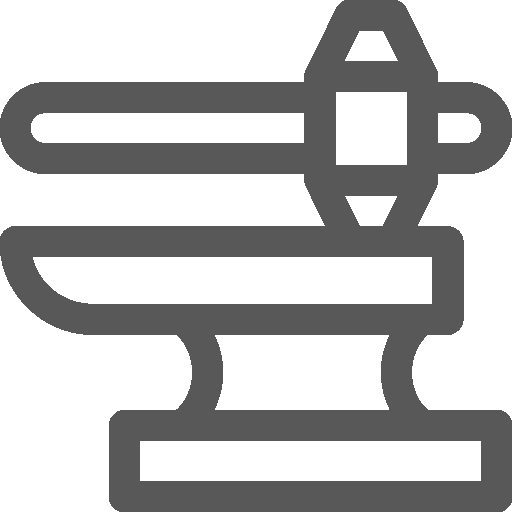

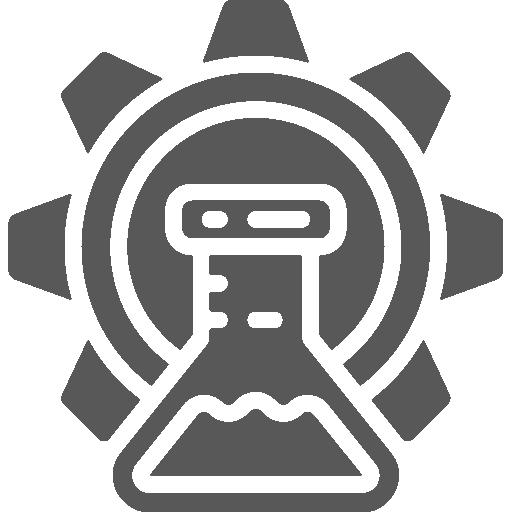
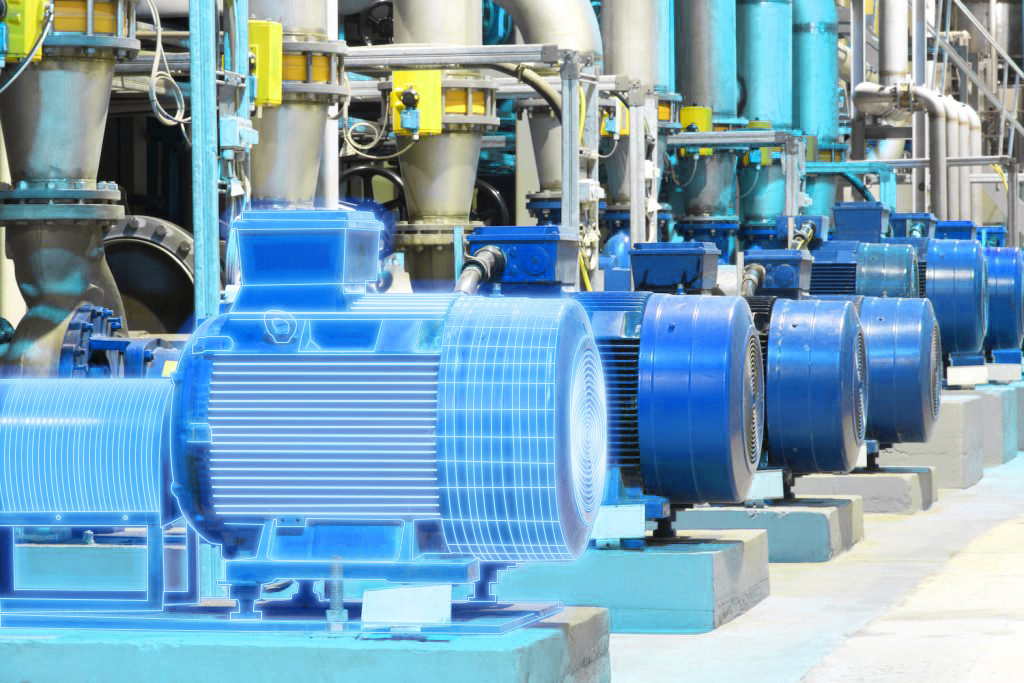
 White Papers
White Papers Case Study
Case Study Documents
Documents Webinars
Webinars Events
Events ROI Calculator
ROI Calculator FAQ
FAQ